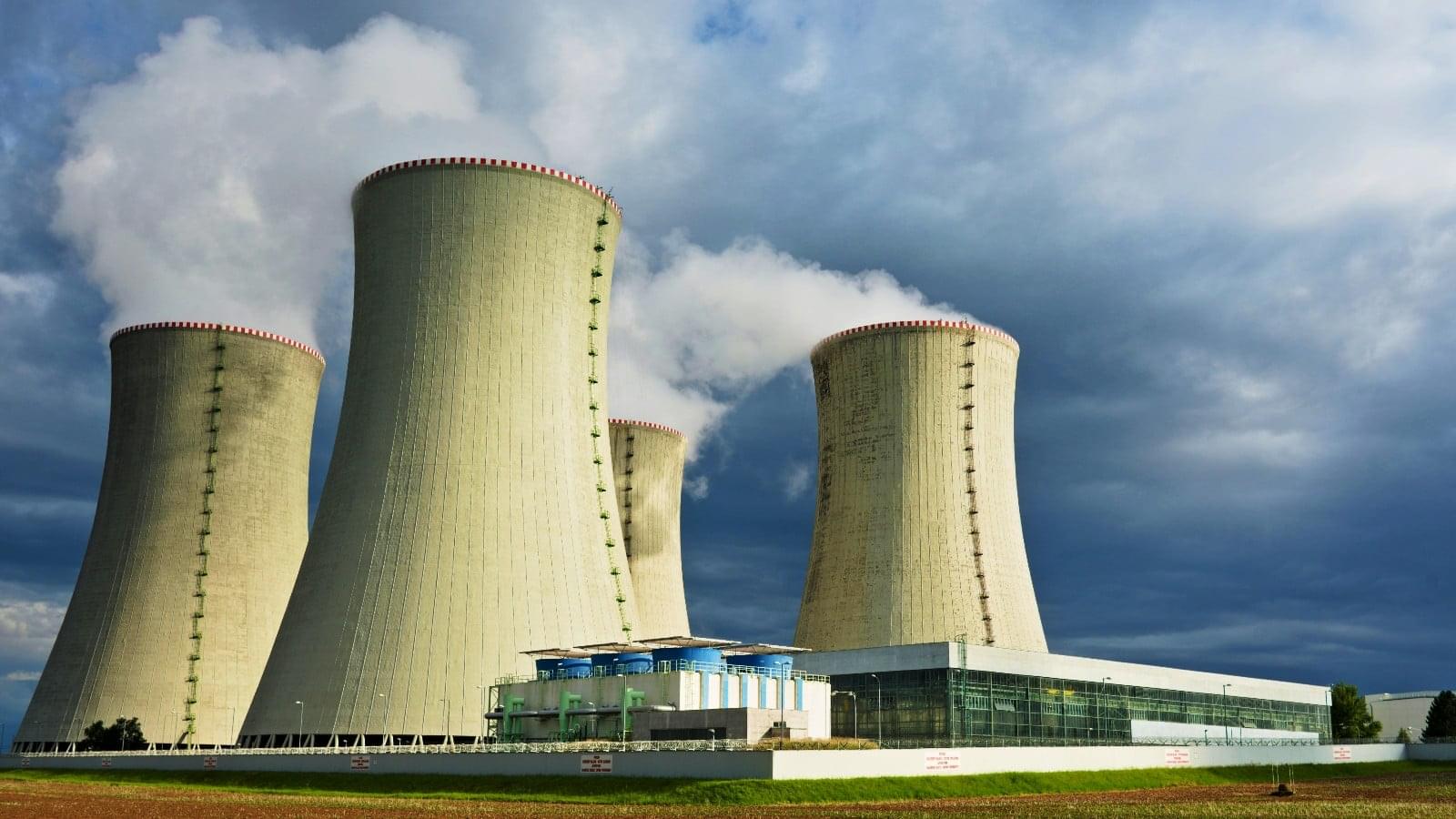For many of us, listening to music is simply part of the driving routine – as ordinary as wearing a seatbelt. We build playlists for road trips, pick songs to stay awake, and even turn the volume up when traffic gets stressful.
More than 80 percent of drivers listen to music on most trips. And many young drivers find it difficult to concentrate without it.
We tend to think music relaxes us, energises us, or helps us focus when we’re behind the wheel.








